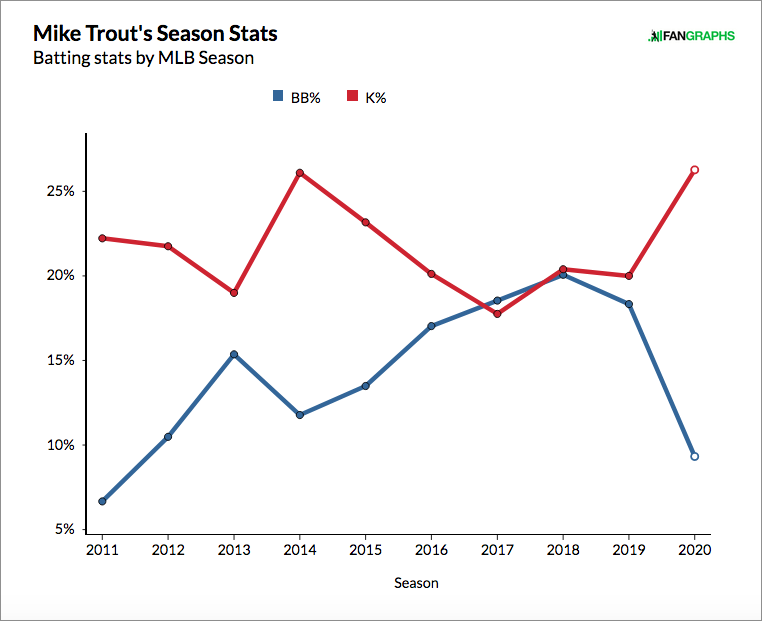Most fans are familiar with Fred Lynn’s career. A superstar in six-plus seasons with the Red Sox — good for a 142 wRC+ and 30.7 WAR — Lynn subsequently fell short of those lofty standards after being dealt to the Angels following the 1980 season. Even so, he continued to be a solid player despite myriad injuries. Three of Lynn’s nine All-Star nods came with the Halos, and by the time he hung up his spikes at age 38, he’d accumulated 1,960 hits and 306 home runs. A four-time Gold Glove winner as a center fielder — and an AL MVP to boot — Lynn finished with 49.2 WAR.
The later of Lynn’s seasons aren’t nearly as well-chronicled as his earlier ones. Especially overlooked is his time in Detroit. Acquired by the Tigers at the 1988 trade deadline, Lynn joined a team in a pennant race, then returned the following year for what was to be his penultimate big-league season. What was Lynn’s Motown experience like? That’s the focus of this two-part interview, which was conducted over the phone earlier this month.
———
David Laurila: You went from the Orioles to the Tigers in a trade-deadline deal. What are your memories of that?
Fred Lynn: “It wasn’t unexpected. We’d gone through that 0-21 start to the 1988 season, and during the All-Star break the A’s wanted to get me. The deal just wasn’t good enough for [the Orioles] to make the move. My wife and I both liked Baltimore. The fans were great, and while we weren’t playing well, it was a good bunch of guys, so I enjoyed playing there. And it was baseball-only. The Colts had exited, so baseball was the only game in town.
“So the Oakland thing hadn’t panned out during the break, and now the trade deadline comes around. We’re playing the Angels, I’m at my hotel room, and my agent calls and says the Tigers are interested in making a deal. This is probably around 4:00 o’clock, and I’m going to the park at 5:00. I have no-trade clause, and it doesn’t work out. I call my wife and tell her, ‘The deal is off, don’t worry about it.’
“I hang up the phone, and my agent calls back. The Tigers have sweetened the pot. I said, ‘Okay, deal.’ Then I had to call the ballpark. I called my manager and said, ‘Hey, Frank [Robinson], am I in the lineup tonight?’ He goes, ‘Yeah, you’re hitting third.’ ‘I said, ‘Well, you might want to change that lineup, because I’ve just been traded to Detroit.’” Read the rest of this entry »


